This week on the AppleInsider podcast, Mikey and Dan chat about Apple's uncharacteristic Mac Pro pre-announcement, MacBook Pro hardware rumors, Apple's decision to ditch Imagination Technologies graphics IP, the new Clips app and more.
AppleInsider editors Dan Dilger and Mikey Campbell discuss:
- Apple's Mac Pro announcement
- Upcoming Apple branded display
- MacBook Pro rumors
- iMac as professional desktop
- Apple to ditch PowerVR in favor of own GPU design
- The new Clips app
The show is available on iTunes and your favorite podcast apps by searching for "AppleInsider." Click here to listen, subscribe, and don't forget to rate our show.
Listen to the embedded SoundCloud feed below:
Show note links:
- MacScan 3 by SecureMac
- All-new Mac Pro with modular design, Apple-branded pro displays coming in 2018
- Apple upgrades 2013 Mac Pros with more cores & faster GPUs
- Apple plans new iMac configurations targeting pro users for later this year
- Apple passingly acknowledges external GPU technology during future Mac Pro, iMac reveal
- Nvidia reveals Mac Pro-compatible Titan Xp PCI-e GPU, macOS drivers for Pascal-based video cards
- Apple ditching Imagination Technologies GPU technology, moving design in-house
- As Apple's GPU plans go public, Imagination fears becoming a tech orphan
- Why Apple's new GPU efforts are a major disruptive threat to Nvidia
- Apple launches new social-focused Clips video editing app for iPhone & iPad
- First look: Apple's Clips app for iPhone & iPad
Follow our hosts on Twitter: @DanielEran and @mikeycampbell81.
Feedback and comments are always appreciated. Please contact the AppleInsider podcast at news@appleinsider.com and follow us on Twitter @appleinsider, plus Facebook and Instagram.
Those interested in sponsoring the show can reach out to us at advertising@appleinsider.com.
 AppleInsider Staff
AppleInsider Staff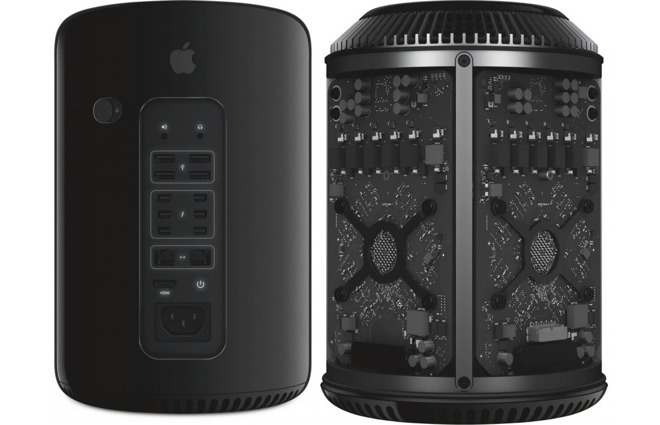





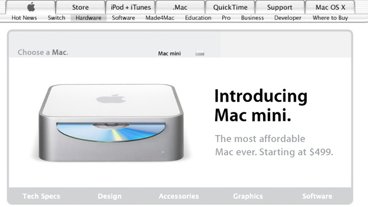
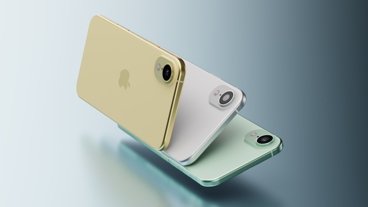
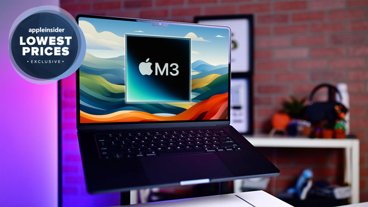

 Wesley Hilliard
Wesley Hilliard
 Malcolm Owen
Malcolm Owen
 Marko Zivkovic
Marko Zivkovic

 William Gallagher
William Gallagher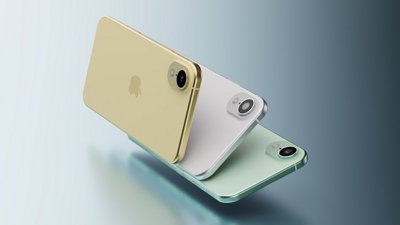
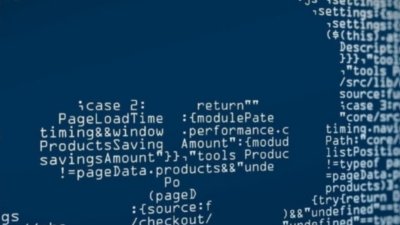
 Andrew Orr
Andrew Orr
 Christine McKee
Christine McKee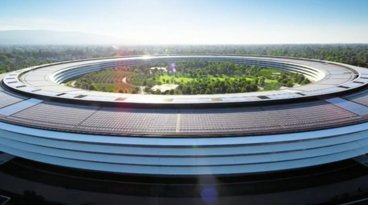









5 Comments
"'Constant Negativity' From Pro Users Led Apple to Develop Modular Mac Pro, Which May Not Ship Until 2019" https://www.macrumors.com/2017/04/06/mac-pro-may-not-ship-until-2019/ Get this straight: criticising Apple when doing WRONG is not bad, as some believe around here believe (probably because they have Apple shares)!
I hope Apple doesn't just rush out a new MacPro because people are complaining about the current version. Take the time to get it right and they won't be in the position again. I'm pretty confident they will do just that...its not really like Apple to just rush something out the door.
Good podcast, as usual! :) Mikey does well when he's the host & DED's depth of knowledge and insights to what Apple may be considering based on past performance is always interesting.
DED: "...people basically creating a 'dossier' of themselves and just giving it to advertisers." Facebook in one sentence. Brilliant.
Best